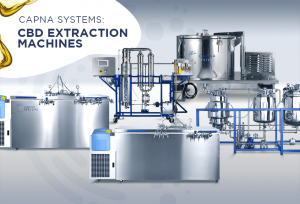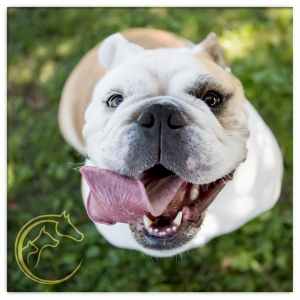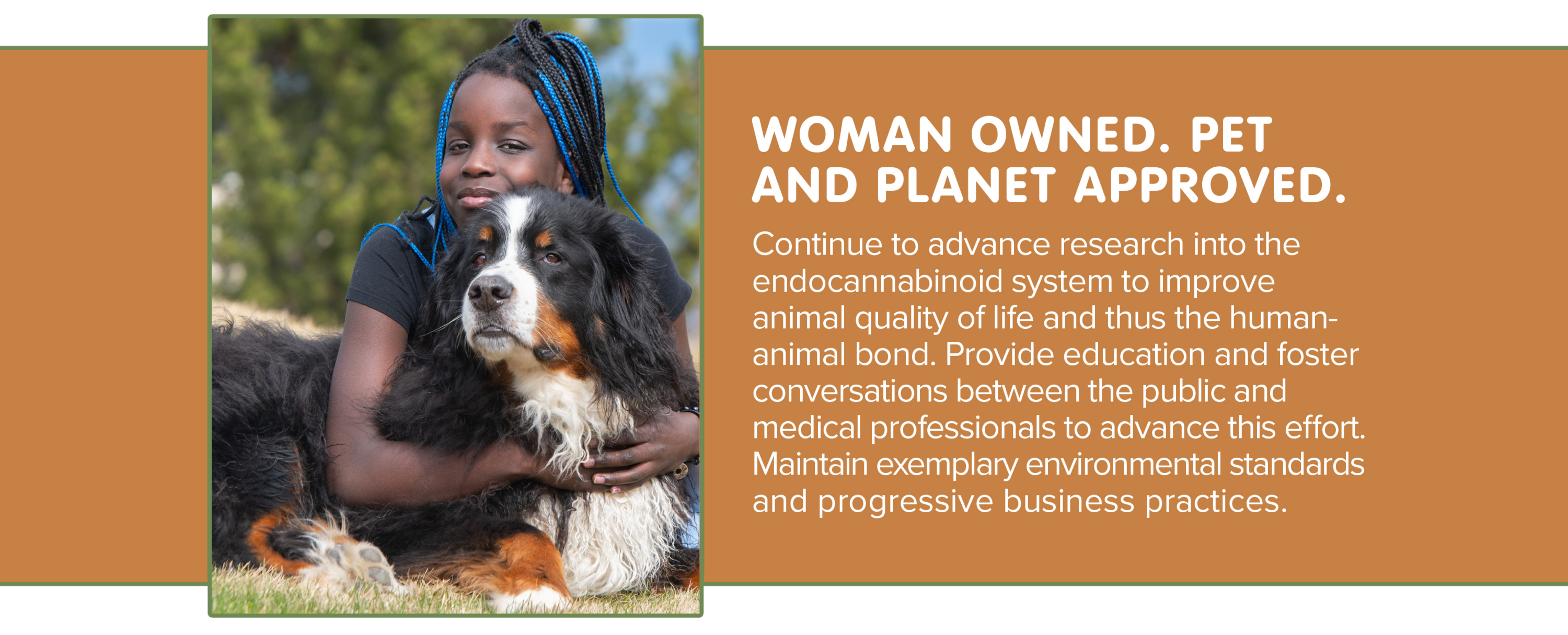COA Series: Introduction & RSA
As pet parents, we are naturally concerned with ensuring that any product or supplement we give to our pets is safe for them. Often, however, we have very limited access to information about anything beyond the ingredients of a product. While reviewing ingredients is very important, it only gives us a snapshot of what a company does in order to help ensure our pets’ safety and can sometimes leave us wanting more information. To that end, we would like to offer you an idea of what kinds of tests we run during the manufacturing process at Canna Companion and how these help protect your pet.
We send samples to local, third-party, state-certified, cannabis testing laboratories during multiple stages throughout our processes. Each sample is tested for a variety of chemicals to make sure no toxins are present and that compounds like CBD and THC are within product specifications. In our Certificate of Analysis (COA) Series, we will detail what those tests mean with regard to your pet, beginning with Residual Solvent Analysis (RSA). Our final article in this series reviews Canna Companion testing procedures on all primary and pro-ingredients as well as the final product.
Tests run on ingredients and final products include:
- Residual Solvent Analysis
- Mycotoxin
- Pesticides
- Heavy Metals
- Microbial
- Potency & Terpenes
Residual Solvent Analyses detect minute levels of hydrocarbon and non-hydrocarbon solvents used in the extraction processes of a wide variety of Cannabis products. Residual hydrocarbon solvents are potentially damaging to cardiac muscle in trace amounts. They can impart immunosuppressive and abnormal immunostimulatory effects in extremely small concentrations. Some compounds cause hepatic, renal, and neurotoxicity, and should be avoided in any patient population with these underlying pathologies or susceptibilities. Ethanol and its derivatives appear better tolerated, though can still pose health risks at higher quantities.
Residual solvents are the byproducts of nearly all extraction processes. Even ‘solventless’ extractions, like CO2, can result in residual chemicals lingering in the final product. This is usually due to post-extraction ethanol washes designed to remove plant waxes. Several techniques can be used to remove solvents from end products; the most effective of these is vacuum extraction, set at temperatures specific to the solvent used. RSA are a critical element of cannabis testing simply to ensure any impurities are absent or well-below toxic levels for the intended species. A small amount of these solvents in a product for a human sized patient is probably not harmful and each state sets limits regarding what is acceptable based on their data and risk assessments.
In our patient population, however, the concentration of these contaminants is important because of the size of the patient exposed. A small amount of solvent concentrated in a smaller patient can more readily impart adverse effects. Furthermore, many of the breakdown metabolites produced by the metabolism of hydrocarbons are toxic as well, meaning they continue to impart toxic effect and can reside in the system for an extended period. Ethanol can be effectively and completely removed from any material on which it is used, with minimal effort, and is better tolerated in trace amounts when compared to other hydrocarbon solvents.
To avoid the potential adverse events from residual hydrocarbons, it is best to only administer pet products which are CO2 and/or ethanol extracted from companies willing to provide batch-associated COA backing their claims.






